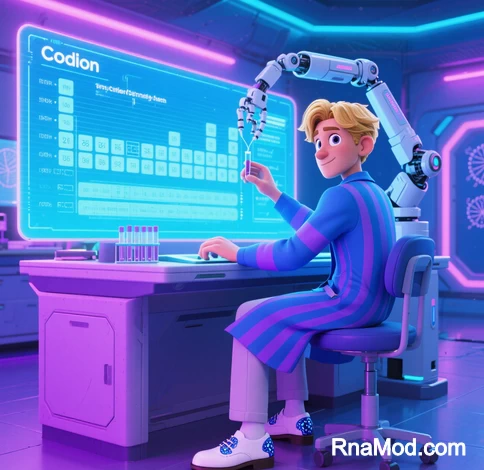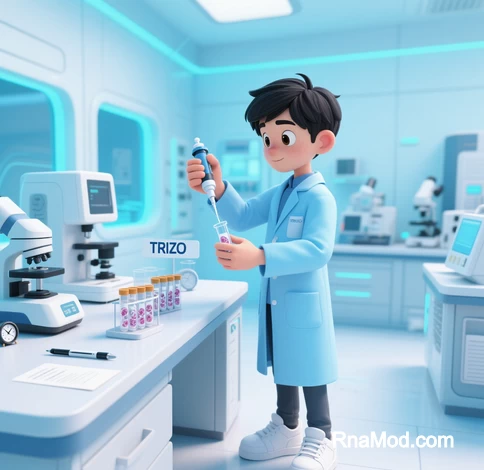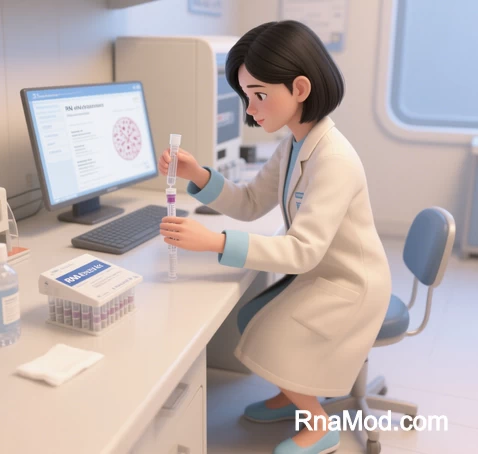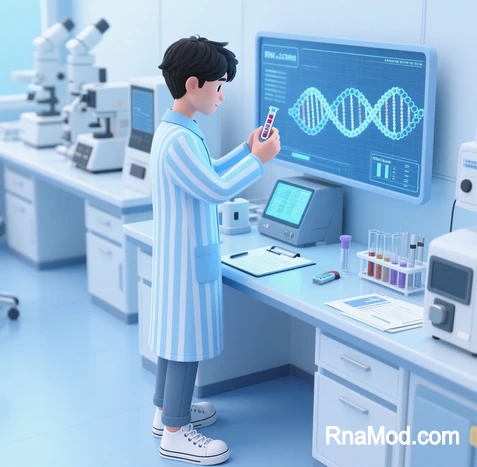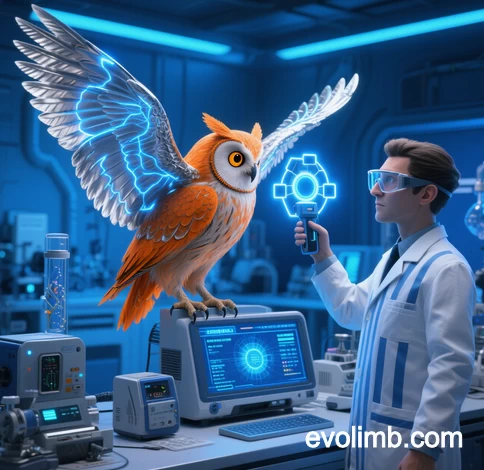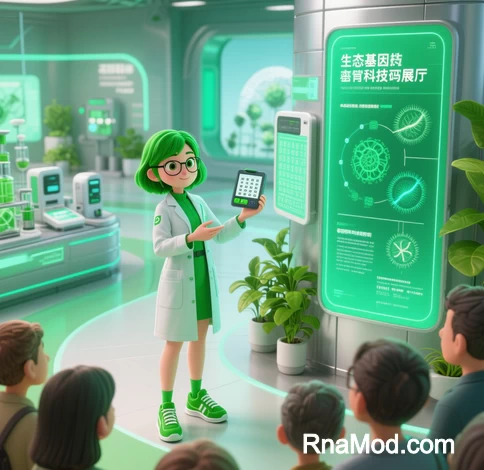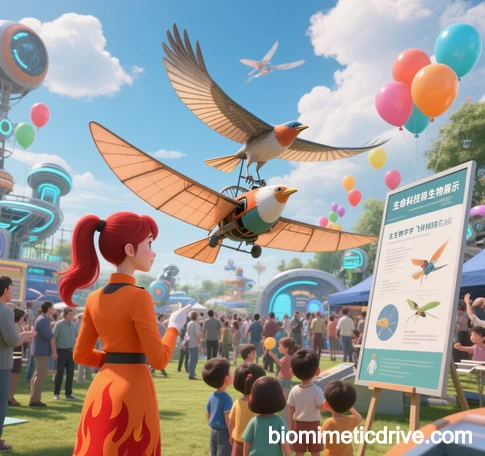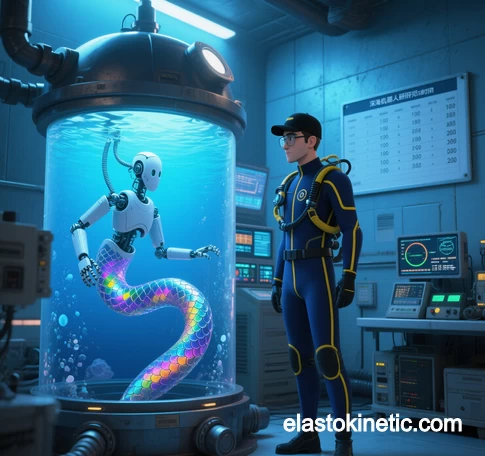I. Foundational Principles of TRIzol Chemistry TRIzol reagent employs a triphasic chemical system to isolate intact RNA through sequential dissociation of cellular components: Cellular Disruption: Guanidinium thiocyanate denatures proteins and inactivates RNases Acidic phenol lyses cells while maint … TRIzol RNA Extraction: Principles, Protocols, and Precision PracticesRead more
Decoding Life: How Codon Charts Translate Nucleotides into Amino Acids
The genetic code—a universal language written in DNA and RNA nucleotides—governs protein synthesis in all living organisms. A codon chart serves as the essential decoder for this language, mapping triplets of nucleotides (codons) to specific amino acids. This systematic correspondence enables cells … Decoding Life: How Codon Charts Translate Nucleotides into Amino AcidsRead more
Selecting Cost-Effective RNA Extraction Kits: A Strategic Guide for Maximized Research Value
I. Defining “Cost-Effectiveness” in RNA Extraction True value combines performance efficiency and economic optimization across five dimensions: Yield/Purity Ratio: μg RNA per $ spent meeting quality thresholds (A260/A280 ≥1.9, RIN >7.0) Operational Economy: Hands-on time reduction and … Selecting Cost-Effective RNA Extraction Kits: A Strategic Guide for Maximized Research ValueRead more
Selecting High-Reputation RNA Extraction Kits: A Scientific Evaluation Framework
I. Core Evaluation Metrics for Kit Selection Selecting premium RNA extraction kits requires multidimensional assessment across these critical parameters: Evaluation Dimension Key Indicators Validation Methods Extraction Performance Yield (μg/mg sample), Purity (A260/A280 >1.9), Integrity (RIN > … Selecting High-Reputation RNA Extraction Kits: A Scientific Evaluation FrameworkRead more
RNA Extraction Kits: Comprehensive Troubleshooting Guide for Optimal RNA Integrity
I. Purity Compromises (A260/A280 & A260/A230 Aberrations) A. Low A260/A280 Ratio (<1.8) Indicates protein/phenol contamination Root Causes: Incomplete protein removal during lysis Phenol carryover in phase-separation protocols Insufficient ethanol washes Solutions: Add 0.1M NaCl → reprecipita … RNA Extraction Kits: Comprehensive Troubleshooting Guide for Optimal RNA IntegrityRead more
RNA Extraction Kits: Standardized Protocols for High-Integrity RNA Isolation
I. Foundational Workflow Architecture RNA extraction kits employ systematic phase-separation biochemistry to isolate intact RNA through four universal stages: Cellular Disruption & Lysis Contaminant Removal & RNA Binding Matrix Purification & Washing Elution & Quality Verification (F … RNA Extraction Kits: Standardized Protocols for High-Integrity RNA IsolationRead more
RNA Extraction Kits: Comparative Analysis of Core Technologies and Specialized Systems
I. Technology Classification and Core Mechanisms A. Spin-Column Based Kits Principle: Silica membrane adsorption under chaotropic conditions (e.g., >4M guanidinium salts) . Process: Lysate loading → RNA binding to silica Centrifugal contaminant removal On-column DNase digestion Ethanol washes → l … RNA Extraction Kits: Comparative Analysis of Core Technologies and Specialized SystemsRead more
RNA Extraction Kits: Precision Workflows for Isolating Intact Nucleic Acids
I. Foundational Workflow Architecture RNA extraction kits employ systematic phase-separation biochemistry to isolate high-integrity RNA through four universal stages: Cellular Disruption & Lysis Contaminant Removal & RNA Binding Matrix Purification & Washing Elution & Quality Verific … RNA Extraction Kits: Precision Workflows for Isolating Intact Nucleic AcidsRead more

